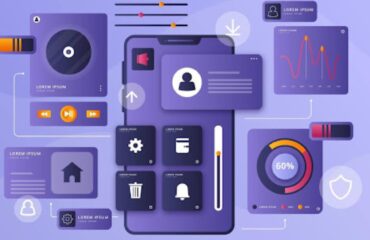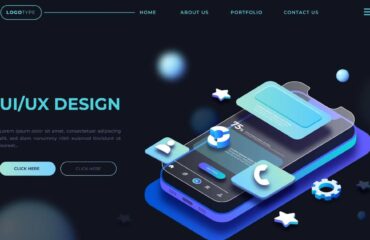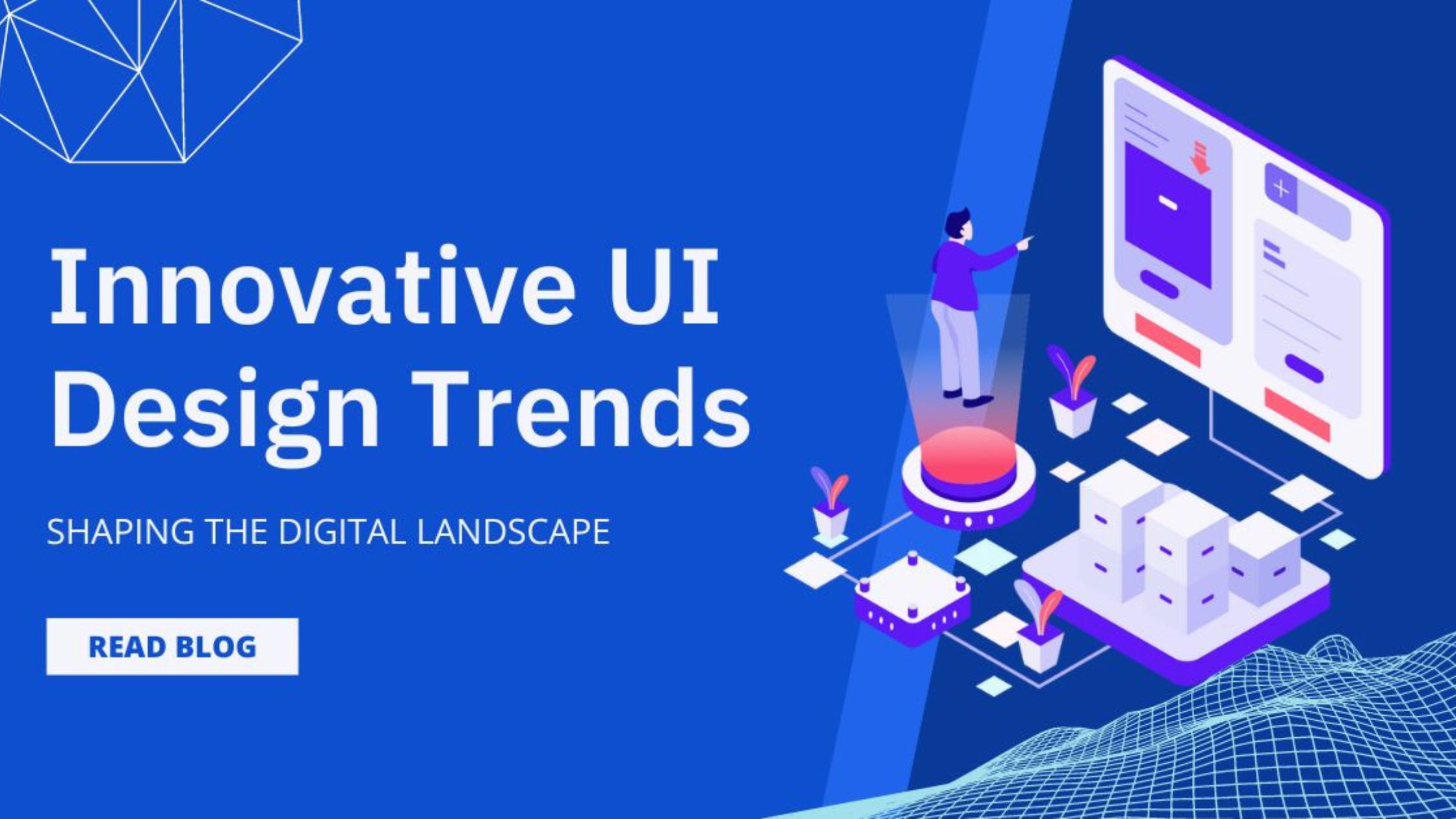
In the realm of website design, the interface serves as the bridge between users and digital experiences. As technology evolves, so too do the trends and innovations in UI Design, pushing the boundaries of interaction and engagement. In this blog, we’ll explore some of the most exciting trends in UI Design that are set to reshape the digital landscape. From augmented reality interfaces to voice user interfaces and immersive experiences, these innovations are not just changing the way we interact with digital platforms but are also setting new standards for usability and accessibility.
Voice User Interfaces (VUIs)
Voice User Interfaces (VUIs) are changing the way we interact with devices, making the experience hands-free and more natural. Websites adopting VUIs allow users to navigate, search, and interact using voice commands. This trend is particularly beneficial for accessibility, helping users with visual impairments or those who prefer voice commands over typing. As voice recognition technology becomes more sophisticated, expect to see more websites integrating VUIs to offer a seamless and inclusive user experience.
Key Benefits
- Accessibility: VUIs make websites more accessible to people with disabilities.
- Convenience: Allows for hands-free interaction, enhancing user convenience.
Immersive Experiences
The push towards creating immersive digital experiences is a trend that’s rapidly gaining momentum. Through the use of vivid visuals, animations, and interactive elements, designers are crafting websites that offer more than just information—they provide an experience. Immersive websites often utilize full-screen videos, dynamic scrolling, and interactive storytelling to engage users deeply, making the digital journey memorable and impactful.
Key Benefits
- Increased Engagement: Immersive experiences captivate users, keeping them engaged longer.
- Memorable Interactions: Unique and interactive elements make the user experience more memorable.
Augmented Reality (AR) Interfaces
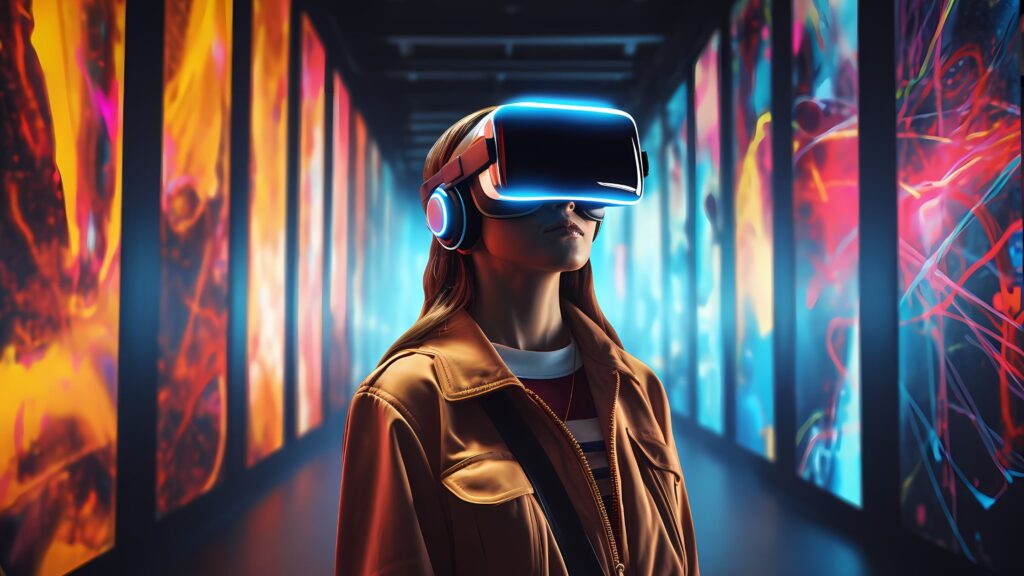
Augmented Reality (AR) is transcending the boundaries of gaming and entertainment, making a significant impact on website UI Design. AR interfaces allow users to interact with digital elements overlaid on the real world, offering a blend of physical and digital experiences that enhance engagement and understanding. For instance, e-commerce websites are leveraging AR to let customers visualize products in their own space before making a purchase, thereby improving satisfaction and reducing returns.
Key Benefits
- Enhanced Engagement: AR offers interactive and engaging experiences that captivate users.
- Improved Decision Making: By visualizing products in real-world contexts, users can make better purchasing decisions.
Dark Mode UIs
Dark mode has evolved from a trend to a standard design option, offering a sleek and modern aesthetic that reduces eye strain in low-light conditions. This feature not only extends device battery life but also offers designers a new canvas to highlight other design elements. Websites with dark mode options cater to user preferences, improving usability and comfort.
Key Benefits
- Reduced Eye Strain: Dark mode is easier on the eyes, especially in low-light environments.
- Energy Efficiency: Can help extend battery life on OLED and AMOLED screens.
Micro Interactions
Micro Interactions are small, interactive moments that enhance the user experience by providing feedback or guiding users through their digital journey. From animated buttons to subtle transition effects, these details might seem minor but play a significant role in making the user interface intuitive and engaging. Micro Interactions also add a layer of polish to the design, showcasing attention to detail that users appreciate.
Key Benefits
- Enhanced Usability: Microinteractions guide users, making interfaces more intuitive.
- Increased Engagement: Interactive elements keep users engaged and interested.
3D Elements In Web Design
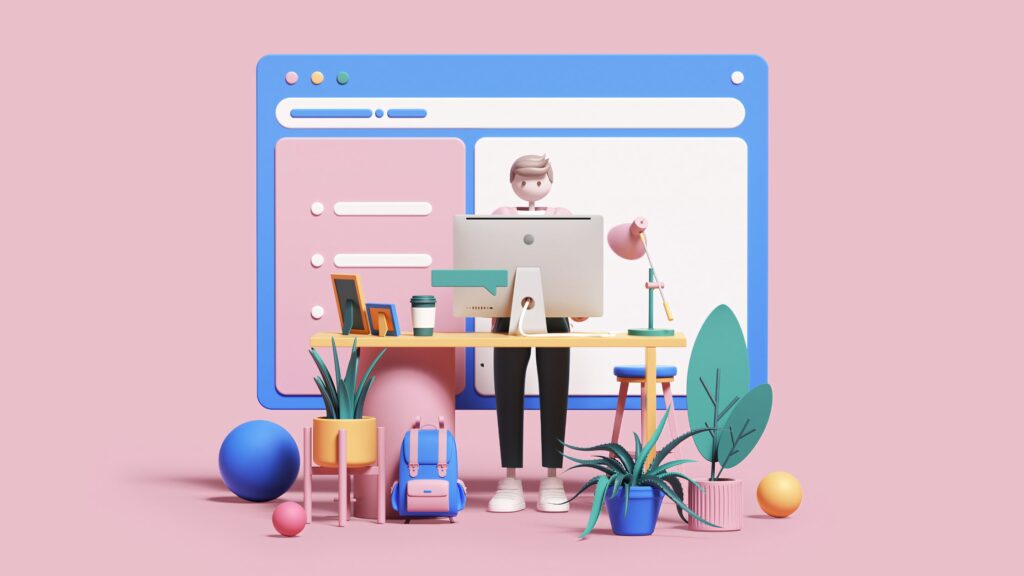
The integration of 3D elements into web design is not entirely new, but advancements in web technologies have made it more accessible and effective. 3D designs can create a sense of depth and realism, making the user experience more engaging. From product showcases to interactive backgrounds, 3D elements can make a website stand out while providing users with a unique and immersive experience.
Key Benefits
- Visual Appeal: 3D elements add depth and interest to web design.
- Engagement: Interactive 3D designs can significantly enhance user engagement.
Conclusion
The digital landscape is continually evolving, with innovations in UI design playing a pivotal role in shaping user experiences. Augmented reality interfaces, voice user interfaces, immersive experiences, dark mode UIs, Micro Interactions, and 3D elements represent just the tip of the iceberg in terms of what’s possible. As technology advances, these trends are likely to evolve further, offering even more opportunities for creative and effective web design. For designers and businesses alike, staying abreast of these trends is crucial for creating digital experiences that are not only visually compelling but also user-friendly and accessible. The future of UI design is bright and full of potential, promising a digital world that is more interactive, inclusive, and immersive than ever before.
